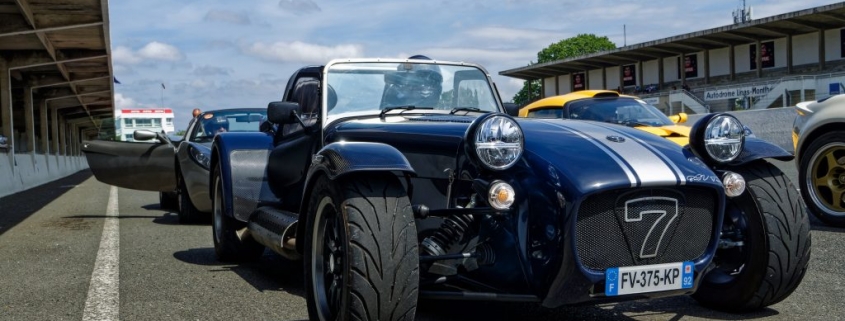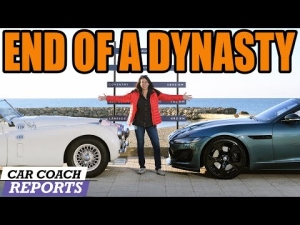The Lotus Seven Sports Car vs the Locost Seven Kit Car
One is a thoroughbred British racer, the other is a cheap kit car, but they’re both geared towards the hands-on car enthusiast. And they’re both the pinnacle of lightweight sports cars. Though depending on which you choose to build, one may end up being simpler, and cheaper, than the other. Let’s dive into the key differences between the Lotus and its cheap cousin the Locost.
The Lotus Seven’s lightweight legacy
Lotus originally built the Seven with one thing in mind: simplicity. The technologies used were established and easily replicated. When first introduced as a kit car, the Lotus Seven swept hands-on enthusiasts off their feet. Based heavily around the Ford Cortina, particularly with the transmission, the Lotus was not only fun to build, but cost-effective.
In 70s Britain, taxes were put on people buying new cars, so Lotus offered the Seven as a kit car. It reduced the costs of assembly as well, which had many tinkerers tickled pink. The Series 1 Lotus Seven weighed around 1,100 lbs, which meant it didn’t need a hefty engine. That’s why it only featured a 40 horsepower Ford 100E engine.
But most of the Lotus Sevens have been built by now, and according to Hemmings, they average cost is around $30,000 to $40,000. And while you can put together your own Caterham Seven, today’s version of the Lotus Seven, that’ll still run you $37,000 (for the base model). In other words, it’s not the budget option it used to be. That’s where the Locost comes in
The Locost Seven “kit car” is the budget friendly option

The one thing you need to know about Locost cars is that no two are the same. In fact, there’s no such thing as a “Locost” brand, it’s just a clever name for cheap Lotus replicas. But unlike Lotus, who sent the parts and pieces needed to assemble the car. It’s your job as the builder to source your Locost parts, from chassis to engine. In that sense, it’s not even a kit car, but it’s certainly cheap. And how it’s pieced together is entirely up to you (and your budget).
To put yours together, you’ll first need a ton of knowledge on how to weld, fabricate, and machine a car from start to finish. Or you’ll need a lot of friends, each of which specializes in some aspect of the process. On top of that, you’ll want to pick up the book “Build Your Own Sports Car for as Little as £250 and Race It!” This is your bible, the comprehensive guide to every piece of building a Locost.
But there’s one problem for us Americans: the eagle-eyed reader will notice the title is in pounds, not dollars. That’s because this book is geared towards British consumers (as is the sports car it’s based on). Another issue on top of that, the suggested parts come from Ford Cortinas and Escorts. Those can be found in most British Junkyards, but they’re nonexistent in the states. Thankfully, there’s LocostUSA, a site dedicated to American Locost builders.
So the two are vastly different: one will cost tens of thousands of dollars, the other might cost a couple grand. But there’s no denying that both are excellent lightweight performance cars.
Both are terrific track day cars.

As long as you keep the weight low on your Locost, it’ll be able to hang with the lower model Lotuses. And while there’s no telling just how fast your Locost would be, we can give a few ballpark estimates.
For starters, the horsepower of most Locosts is in the double digits. Sounds pathetic, but with a chassis and body as simple as the Lotus, you really don’t need much power. 0-60 in the base model Caterham 7 on sale now is five seconds. Meanwhile, Car and Driver took a couple of Locosts for a spin, some of them beating out that 5 second time.
And because of their low profile and weight, both the Lotus and the Locost Seven will handle like sports cars. Granted, one of them is a proper sports car and one’s homemade, but they’re both sure to make you smile.
RELATED: What Is A Kit Car?
The post The Lotus Seven Sports Car vs the Locost Seven Kit Car appeared first on MotorBiscuit.







